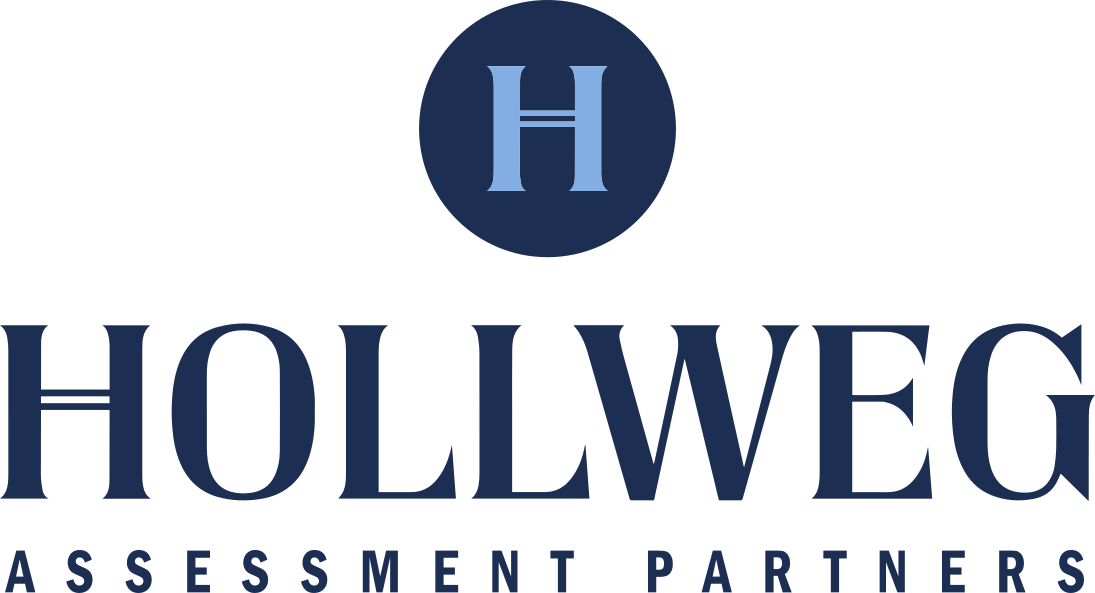Decision Making/Problem Solving
Organization
(Focus & Organization, Time Utilization, Priority Focus)
Problem Anticipation
(Planning, Long Range Thinking)
Analytical Thinking
(Detail Orientation, Detailed Analysis)
Innovative Thinking
(Creativity)
Practical Problem Solving
(Practical Thinking, Common Sense, Realistic Thinking)
People Leadership
Assertiveness
(Ability to Take Charge, Willingness to Take Charge)
Tough-Mindedness
(Conflict Management, Holding Team Accountable)
Positive People Orientation
(People Relations)
Insight
(Interpersonal Insight)
Work Style
Drive & Energy
(Action Orientation, Stamina)
Self-Reliance
(Independent Initiative, Self-Motivation, Initiative)
Process Orientation
(Need for Structure, Acceptance of Authority, Rule Orientation)
Flexibility
(Multi-Tasking, Need for Diversion)
Results Focus
(Results Orientation)
Accommodation
(Service Orientation, Team Orientation)
Personal Characteristics
Self-Discipline
(Conscientiousness, Responsibility, Restraint)
Emotional Consistency
(Capacity to Handle Pressure, Stress Tolerance, Resilience)
Objectivity of Viewpoint
(Objectivity, Criticism Tolerance)
Confidence
(Self-Assuredness, Self-Confidence)
Learning Agility
Quantitative Reasoning
(Numeric Reasoning)
Navigating the Resources
- Read the information below about the trait to develop a greater understanding of your strength/opportunity.
- Consider the Stop, Start, Continue examples to create your own actionable change behaviors.
- Explore the trait more fully by taking advantage of the weblinks below.
Process Orientation
(Need for Structure, Acceptance of Authority, Rule Orientation)
Process orientation measures the extent to which you are comfortable working within established practices and procedures. The resources will provide you with information about process orientation and the impact it may have on your success.
Strength
Higher levels of process orientation indicate you work well within a structured environment and readily uphold standards.
Opportunity
Lower levels of process orientation indicate you may be resistant to structure or prefer to work with a great deal of personal freedom.
Excess
Excessive levels of process orientation indicate you may be too reliant on rules and struggle in ambiguous situations.
Identify an opportunity area that you would like to change. Then, develop behaviors that you can Stop (unhelpful or limiting behaviors), Start (behaviors that you can begin now), and Continue (behaviors that you already do well) to improve in this area. Use the examples below to help create your own Stop, Start, and Continue behaviors.
| Stop | Start | Continue |
| Working outside of the system. | Learning the processes required, keeping a list of the necessary steps, and consulting others when the process seems unclear. | Upholding standards in your work. |
| Resisting imposed structures. | Seeking to understand the reason for the structure and setting up systems to ensure compliance. | Taking training courses if your organization offers them. |
| Prioritizing your way over the standard approach. | Relying on others who have been successful with their approach and adjust yours to be productive yet rule-oriented. | Respecting and accepting the authority of others. |
Process Orientation Weblinks for Development:
Following Policies and Procedures and Why It’s Important
8 Tips to structure Your Workday for Increasing Productivity
Why Professionals Follow the Rules
Process Orientation Leadership Weblinks for Development:
4 Ways To Make Hierarchy Less Awful
Following Policies and Procedures and Why It’s Important
A Good Leader Should First Follow All the Ground Rules Before Setting Them
